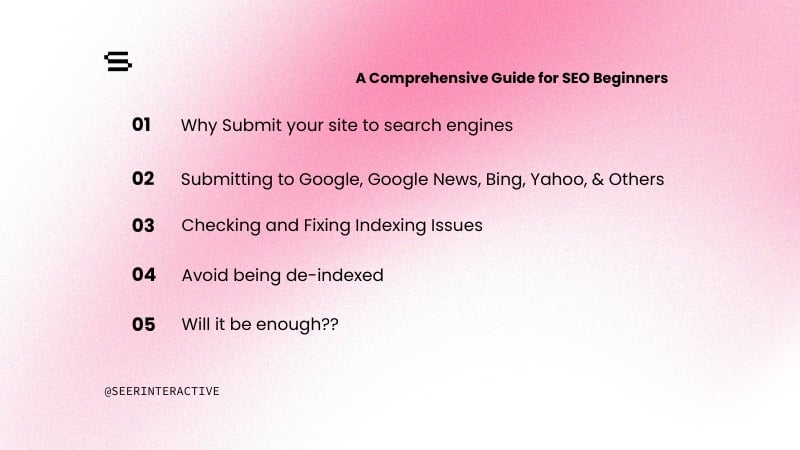Back in April, the FDA issued letters to 14 pharmaceutical companies gently reminding them that, like their television, radio and print ads, their pay-per-click advertisements must also comply with FDA advertising regulations. Among the recipients were GlaxoSmithKline, Pfizer, Merck and Eli Lilly. What exactly did these companies do upset the FDA?
Think about the last pharmaceutical ad you saw on television. Usually towards the end of the commercial, an (often quite long) list of possible side effects is divulged. We'd like to think that pharmaceutical companies do this because they love us but it's more likely that they do it because it is mandated by the FDA.
If this rule applies to television, print and radio ads, why wouldn't it clearly apply to pay-per-click ads as well? In short:

Google's character limits clearly weren't developed with pharmaceutical ads in mind.
In an effort to self-regulate, pharmaceutical companies have been operating under an assumed “one-click rule” in which the side effects are listed within one click of an ad rather than in the actual ad text. In response to this “one-click rule” developed by pharmaceutical companies, an FDA spokesperson said this:
“Our laws for how products that are approved by the agency can be marketed to consumers are the same regardless of the medium, whether they are print ads, radio ads, television ads or Internet ads.”
In response to this, a representative from Sanofi-Aventis had this to say:
The FDA “has not issued specific regulations or guidance for Internet promotion.”
I'm not the biggest fan of pharmaceutical company advertising in general, but I have to take their side on this one. If FDA advertising regulations are inherently incompatible with pay-per-click advertising formats, the FDA should either adapt their rules to accommodate Internet advertising formats or they should flat out ban pharmaceutical companies from using PPC ads.
Google, however, does have clear rules on pharmaceutical advertising which you can read more about here. Basically, in the US, if you are a member of the PharmacyChecker Licensed Pharmacy Program you're in the clear.
At least for now, companies selling prescription drugs don't seem to be too terribly concerned. In the letters issued by the FDA, the agency recommended that recipients “immediately cease the dissemination of violative promotional materials⦔ which in layman's terms means “turn off your PPC accounts now”. But just Google “Yaz” (a prescription birth control pill) nearly 3 months after the FDA warning letters were issued and here is what you'll see:

But wait! It seems that these letters from the FDA may have gotten the creative juices flowing over at Google. Go to Google and search for “Latisse”, a prescription medication intended to stimulate eyelash growth, and here is what you'll see:

It turns out that there is a loophole that Latisse and Google seem to be experimenting with. The ad above describes a condition but does not recommend or suggest any specific drugs. This is what the FDA calls a “help seeking ad”. As long as no specific drug is listed and no company's name is mentioned, the ad will not be regulated by the FDA. Help seeking ads are regulated instead by the Federal Trade Commission.
After a little bit of sleuthing, I discovered that Latisse is part of a 1% test (confirmed by Google) in which the display URL is replaced with text. This is allowing Latisse (whose domain name is Latisse.com) to run PPC ads with no mention of their brand in the copy, effectively avoiding the scrutiny of the FDA. Sneaky!!

